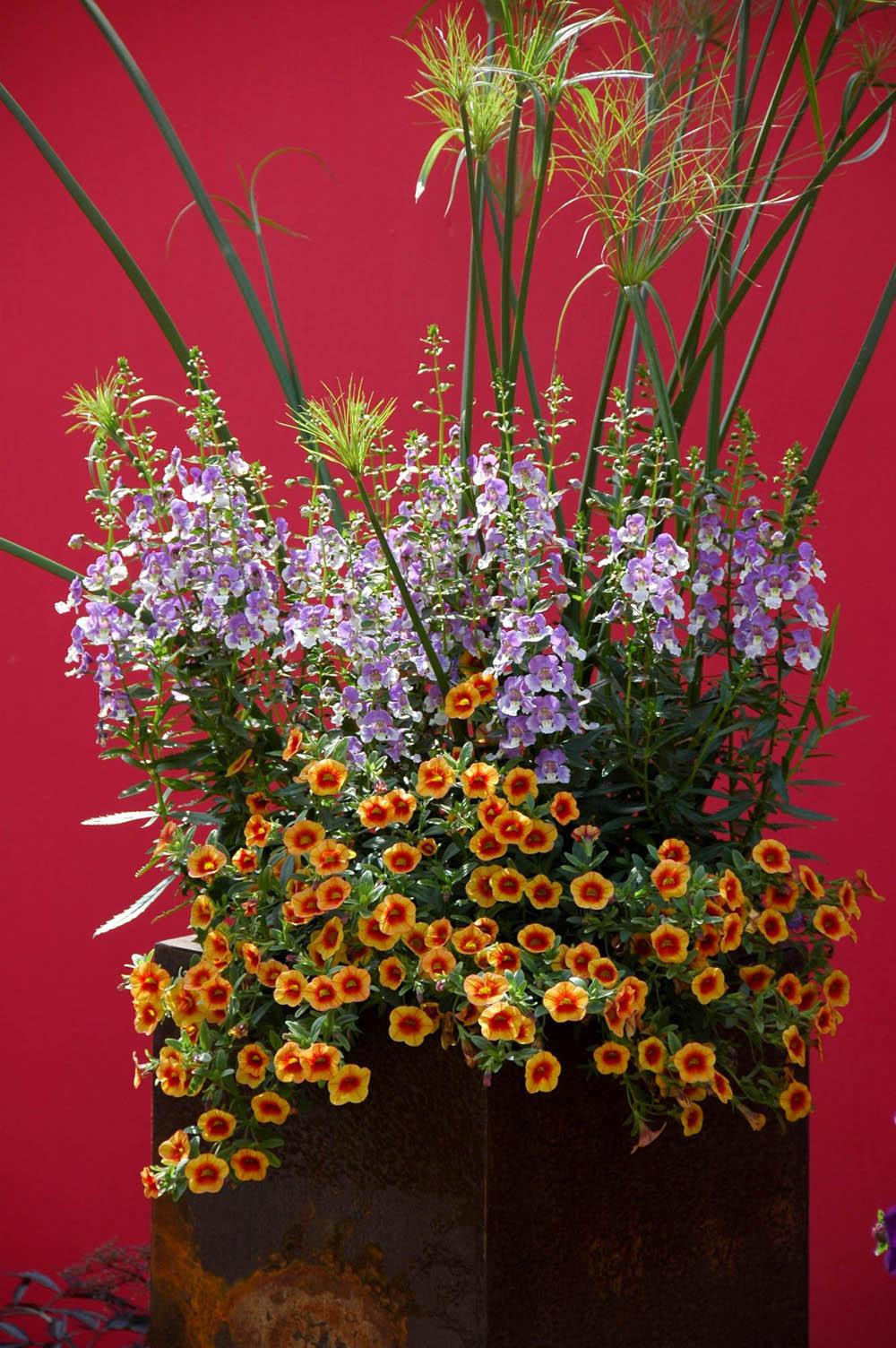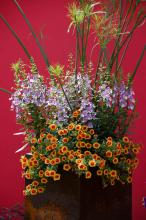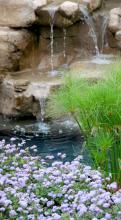Information Possibly Outdated
The information presented on this page was originally released on August 2, 2007. It may not be outdated, but please search our site for more current information. If you plan to quote or reference this information in a publication, please check with the Extension specialist or author before proceeding.
Papyrus plants cause stirs at garden shows
By Norman Winter
MSU Horticulturist
Central Mississippi Research & Extension Center
It was a hoot watching gardeners fight over the papyrus plants at this year's garden and patio shows. Botanically speaking, the papyrus is Cyperus papyrus.
If you remember your elementary history, this plant is native to Egypt and was used for making papyrus sheets for writing. Our word “paper” comes from “papyrus.” It is a close relative of the umbrella palm Cyperus alternifolius, which is from Madagascar.
Cyperus species normally are projected to be zone 9 plants, dying to the ground and returning in zone 8 and many times in zone 7. Even if you bought a gallon or two every year and treated them as annuals, their unique texture would make them worth it.
The two that really caught savvy gardeners' eyes were the King Tut dwarf variety and the regular giant form, known as Egyptian papyrus or Giant Umbrella papyrus, which can reach 10 feet in frost-free areas. Both gracefully arch over and give a tufted or hairy appearance with their umbrellas.
The umbrella palm reaches 5 to 6 feet tall, and all of the cyperus have reed-like stems, giving the landscape a lush, tropical feel.
These cyperus will thrive in full sun or shade, sloppy wet or simply fertile soil. They perform beyond expectations no matter where they are planted. I suppose really tight, heavy soil keeps them from reaching their true potential, but otherwise they are foolproof.
Plant a 1-gallon container now and before frost, it will look as though you used a 10-gallon specimen. Once the plant has frozen, remove the dead foliage, add a little mulch and wait for a spring return.
Both the papyrus and umbrella palm are well suited for water or bog gardens. It is a good idea to simply grow the plants in a sunken container. This will manage their spread, let you move them to a protected area during the winter or just make them easier to maintain.
At a previous home, I planted them with a yellow flag-type iris at the end of a dry-creek bed. They give incredible texture used as a center or thriller plant in mixed containers.
One container I recently saw had the King Tut as the center plant, layered with Angelface Wedgwood Blue angelonia, and then falling over the sides was Superbells Apricot Punch calibrachoa. The container was truly award-winning.
For a tropical look, use them as understory plantings to tall bananas or in combination with elephant ears.
Those with small water gardens seem to prefer the short forms like King Tut, which is considered miniature, or the dwarf species, Cyperus isocladus. The leading variety of dwarf umbrella palm is called Gracilis. I am growing this one as well. Though it is more mannered from the standpoint of vigor, I like the typical large selections better. Those people who love variegated plants will be happy to discover Variegatus.
The papyrus plants and umbrella palms are still not staples of local garden centers, but hopefully that will change as these new varieties make their debuts. They are among the plants I really can't imagine ever being without.
Regardless of where you live, keep your eyes open for these wonderful plants. They will lend a texture that no other plant can duplicate. Oh yes, and where was baby Moses found? You guessed it: in the bulrushes, or papyrus.









